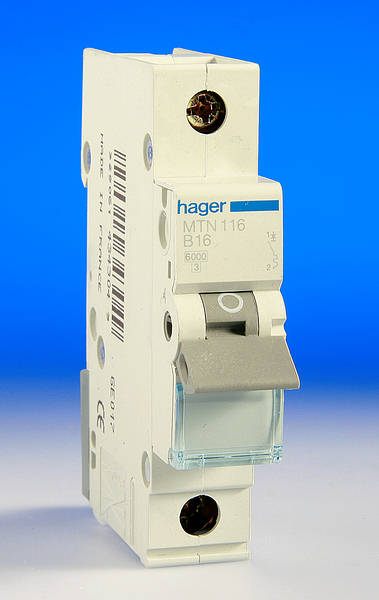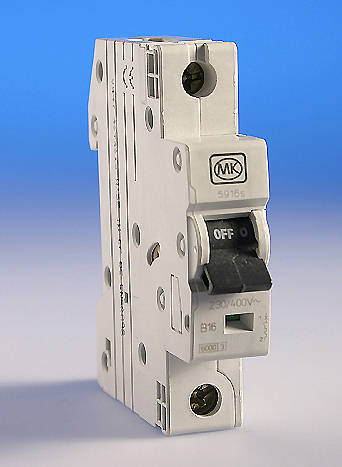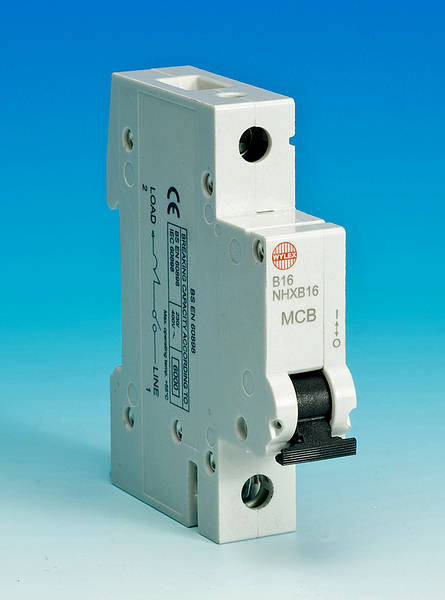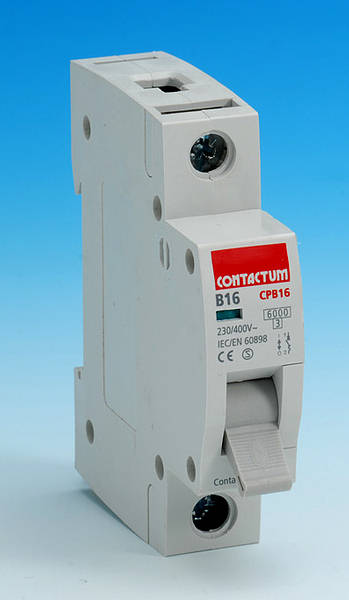How often do you see spurs on a certificate's schedule of circuits?If one uses the BS7671 definition of 'circuit' then it could be argued that it is a lighting circuit, and therefore that 1mm² cable is acceptable. However, that's the same interpretation of the regs that says that connecting something to an existing circuit via an FCU creates a 'new circuit' (hence notifiable), so I don't know.
As in "differently able"?However, even if they made a hash of executing it, those who invented the concept of Table 52.3 obviously felt differently.
They clearly did feel differently, but have not been able to define how they feel, which makes it impossible for anyone to go along with them.





